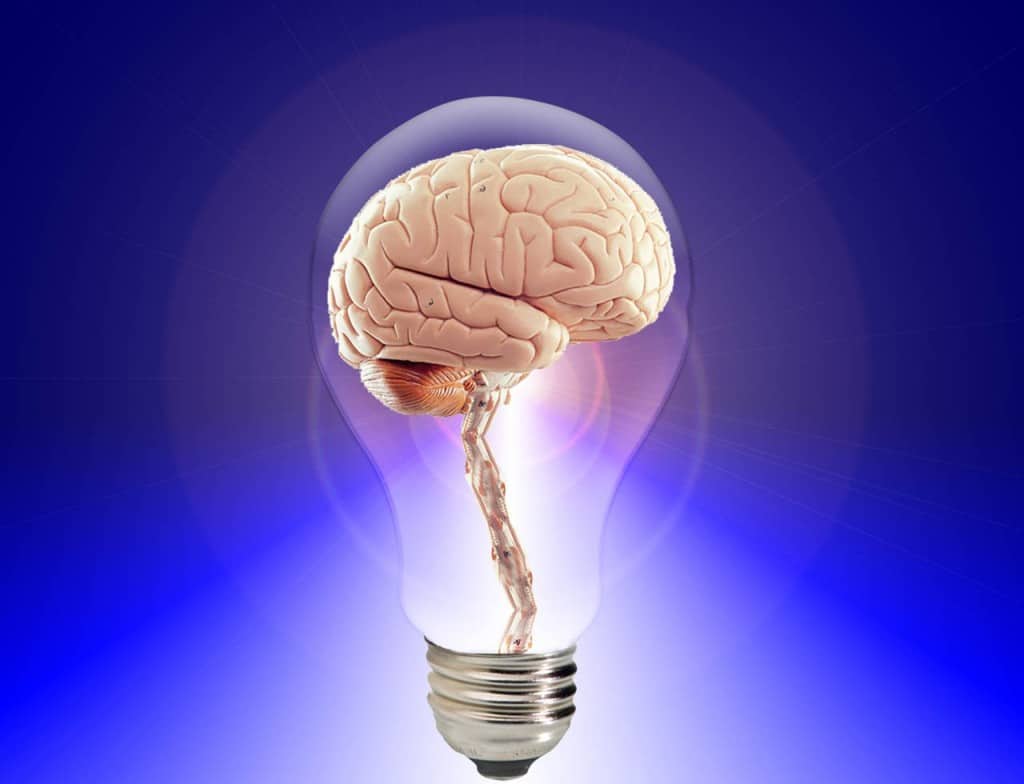
Learning Materials for the course Medical Neuroscience consists of several categories:
- Material created especially for learners Medical Neuroscience
- Neuroscience book recommendations
- Recommended readings from Neuroscience, 5th ed
- inks to very useful sites when reviewing course material
Specific Learning Materials Medical Neuroscience: created especially for the course
Roadmap to successful study
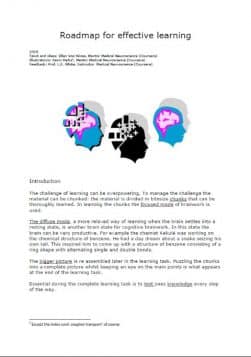
A general roadmap to successful study has been developed by course mentors and staff: Roadmap for effective learning.
Summary of Pathways Medical Neuroscience
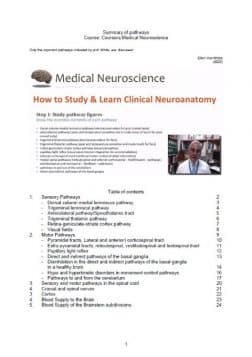
- Summary of Pathways (2020, Neuroscience 5th and 6th ed.) This is a summary for the Final Exam of the course. Images in the Summary come from Anatomy & Physiology (OpenStax College .© 1999-2016, Rice University). You can use this material for educational purposes but remember to give the source. You can look at Virtual Lab, General Resources to find out how to do that.
Tutorial notes, merged per unit
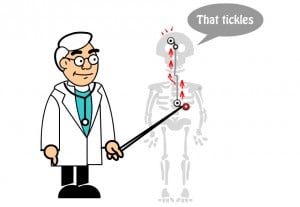
- Merged tutorial notes Neuroanatomy
- Merged tutorial notes Neural Signaling
- Merged tutorial notes Sensory Systems
- Merged tutorial notes Motor Systems
- Merged tutorial notes Brain Development
- Merged tutorial notes Cognition
Students Notes on the course
Giulia Petitto, a mentor of our course has shared her Notebook Medical Neuroscience with us. We recommend that you take a look at Giulia’s Notebook for yourself. You can find it here.
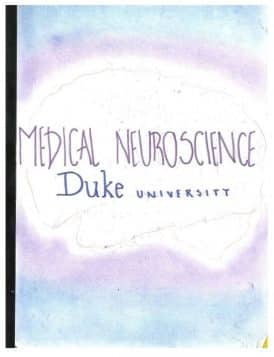
Concepts of Learning learnmedicalneuroscience.nl
One of our course mentors, Anthony Waichulis, has made a very clear document describing the concepts of learning. Both interesting from a theoretical point of view: How does learning work? and from a practical point of view: What can I do to improve the result of my learning efforts?
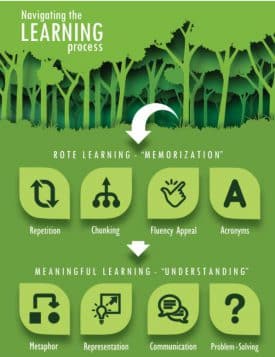
Navigating the Learning Proces
Brain Section Images for visualizing pathways
Community Teaching Assistant (now Mentor) B.C. Jackson created the following learning tools for reviewing pathways during the second run of Medical Neuroscience in 2014. Because B.C. has been careful to use material free from copyright you can use and share the material free. It is a resource you can use very well to visualize the neural pathways.
Neuroscience book recommendations
Free online neuroscience textbooks
(You can use them but please be careful with what you share, avoid copyright infringement):
- Neuroscience, 2nd edition Edited by Dale Purves et al. Copyright © 2001, Sinauer Associates, Inc.For more information, see the Bookshelf Copyright Notice.
- Neuroscience Online, the Open-Access Neuroscience Electronic Textbook
- Brainfacts.org – BrainFacts Book
- OpenStax college – Anatomy & Physiology; Chapter 12-16 are relevant
- Open Neuroscience Initiative Austin Lim, DePaul University. A free Neuroscience textbook under Creative Commons Attribution-NonCommercial 4.0 International License.
Important learning materials: figures in the textbook
Most relevant figures from the second edition of the course textbook for sensory and motor systems are below. You can copy the name of the figure and paste it in ‘Search in this book’. Then a list of relevant pages will appear. Click ‘Show details’ of the most relevant page and a link to the most relevant page appears, click that and scroll down to locate the figure.
- Dorsal column medial lemniscal pathway and Trigeminal lemniscal pathway= figure 9.6
- Anterolateral pathway/Spinothalamic tract and Trigeminal thalamic pathway = figure 10.3
- (Lateral and anterior) corticospinal tract. Pyramidal tracts = figure 17.9
- Retina-geniculate-striate cortex pathway = figure 12.8
- Pupillary light reflex = figure 12.3
- Direct and indirect pathway of the basal ganglia = figure 18.1
- Disinhibition in direct and indirect pathways of the basal ganglia in a healthy brain =figure 18.8
- Hypo and hyperkinetic disorders on movement control pathways = figure 18.10
- Input into cerebellum = figure 19.3
- Ascending output directed to thalamocortical circuits = figure 19.6
Neuroscience textbooks
Finally relevant books for the study of Medical Neuroscience:
- Purves – Neuroscience (the link to the 5th edition open to all, the website of the 6th edition requires registration by a registration code in the book)
- Blumenfield – Neuroanatomy through clinical cases
For learners that can use the Dutch language:
- Volume 1 of the “Compendium Geneeskunde” part 03 – Neurologie (page 142 – 225). The Compendium Geneeskunde has 5 Volumes. It is series of books that consists of 5 volumes, the essence of 6 of years medicine study that facilitates the students learning and preparing for their progress tests and specialists to keep a very accessible overview of medicine. The Neurologie chapter is a very thorough overview of neurology that allows you to link the Medical Neuroscience information to the Clinical Neurology of Medical Practice .
Recommended readings from Neuroscience, 5th ed.
In the learning objectives from each tutorial on the course website you will find the recommended readings from Neuroscience, 6th edition. Here you find a link to the pages in the 5th edition.
In addition, links to very useful sites when reviewing course material:
General Learning Materials Medical Neuroscience
MRI: Frontal, Axial, and Sagittal MRI images. This material is especially relevant to exam questions with MRI material. It seems a good idea to thoroughly explore the site at the beginning of Medical Neuroscience.
- Movie of 3D brain from MRI: Brainstem by anatomie-amsterdam.nl
- Site for reviewing pathways: Pathways to Review by University at Buffalo,
- Sites for reviewing Brain Anatomy:
- Brain Gyrus/Sulcus Lateral View by PurposeGames.
- Brain Gyrus/Sulcus Dorsal View by PurposeGames.
- Site for reviewing Spinal Cord Anatomy: